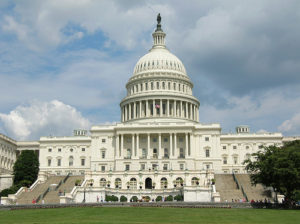The sequester is a group of cuts to federal spending that took effect on March 1, 2013.
The sequester was originally passed as part of the Budget Control Act of 2011, better known as the debt ceiling compromise.
It was intended to serve as incentive for the Joint Select Committee on Deficit Reduction (aka the “Supercommittee”) to come to a deal to cut $1.5 trillion over 10 years. If the committee had done so, and Congress had passed it by Dec. 23, 2011, then the sequester would have been averted. Obviously, that didn’t happen.
The across-the-board budget cuts enacted into law in 2011 to reduce the federal deficit took effect on March 1. As a result, some $85 billion, split between defense and domestic discretionary programs, is scheduled to be cut over the balance of 2013. In all, about $1.2 trillion is to be cut over the next 10 years.
FHA Largely to Be Spared
Not counting the economic impact on housing demand, the cuts are expected to have minimal impact on federally backed mortgage finance programs because the sequester applies to program dollars, not loan guaranty authority. For that reason, loans backed by the FHA, the VA, and the Rural Housing Service are expected to remain at current levels.
The two secondary mortgage market companies, Fannie Mae and Freddie Mac, which remain under federal conservatorship, will also likely see little impact from the sequester.



